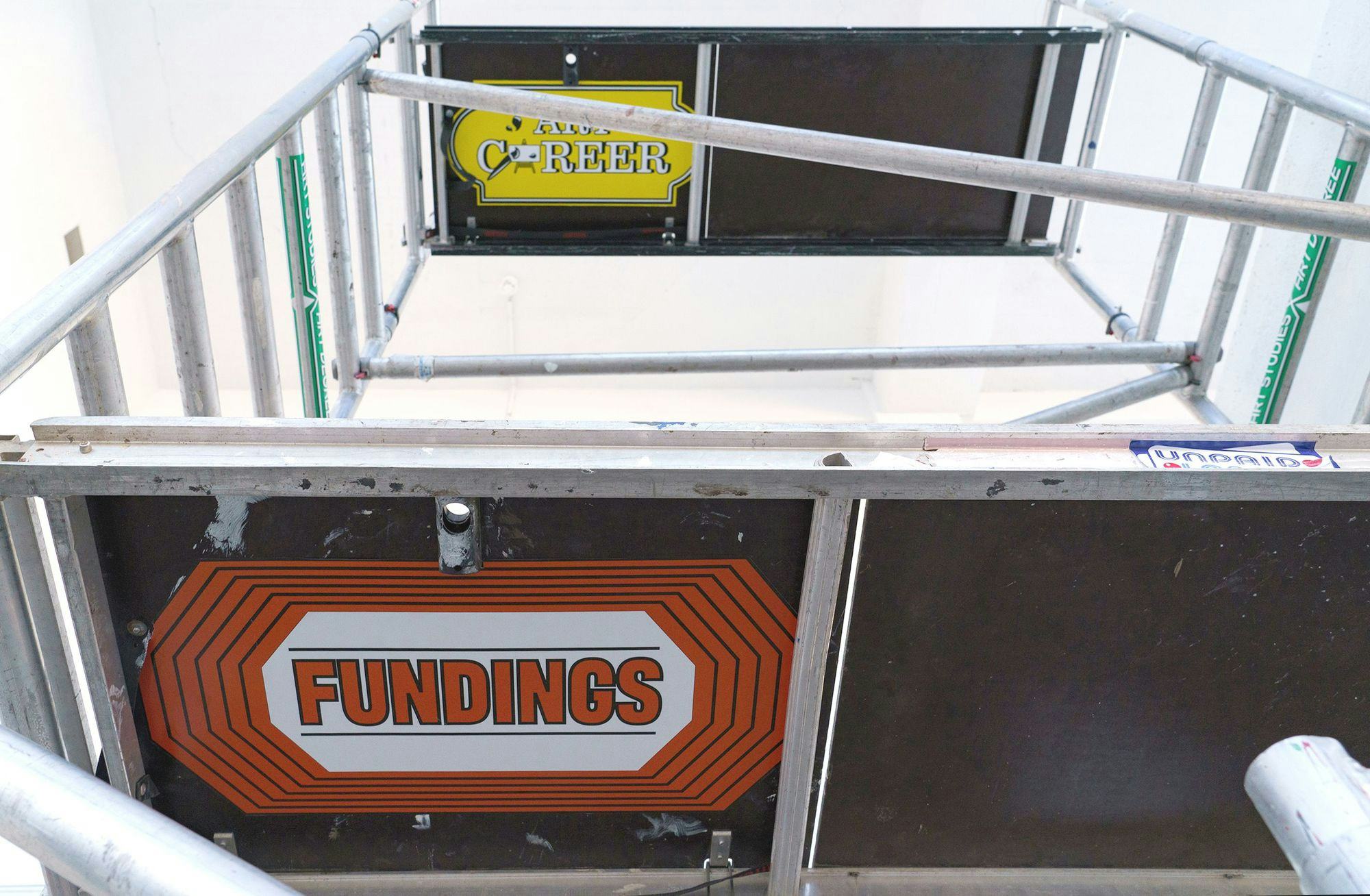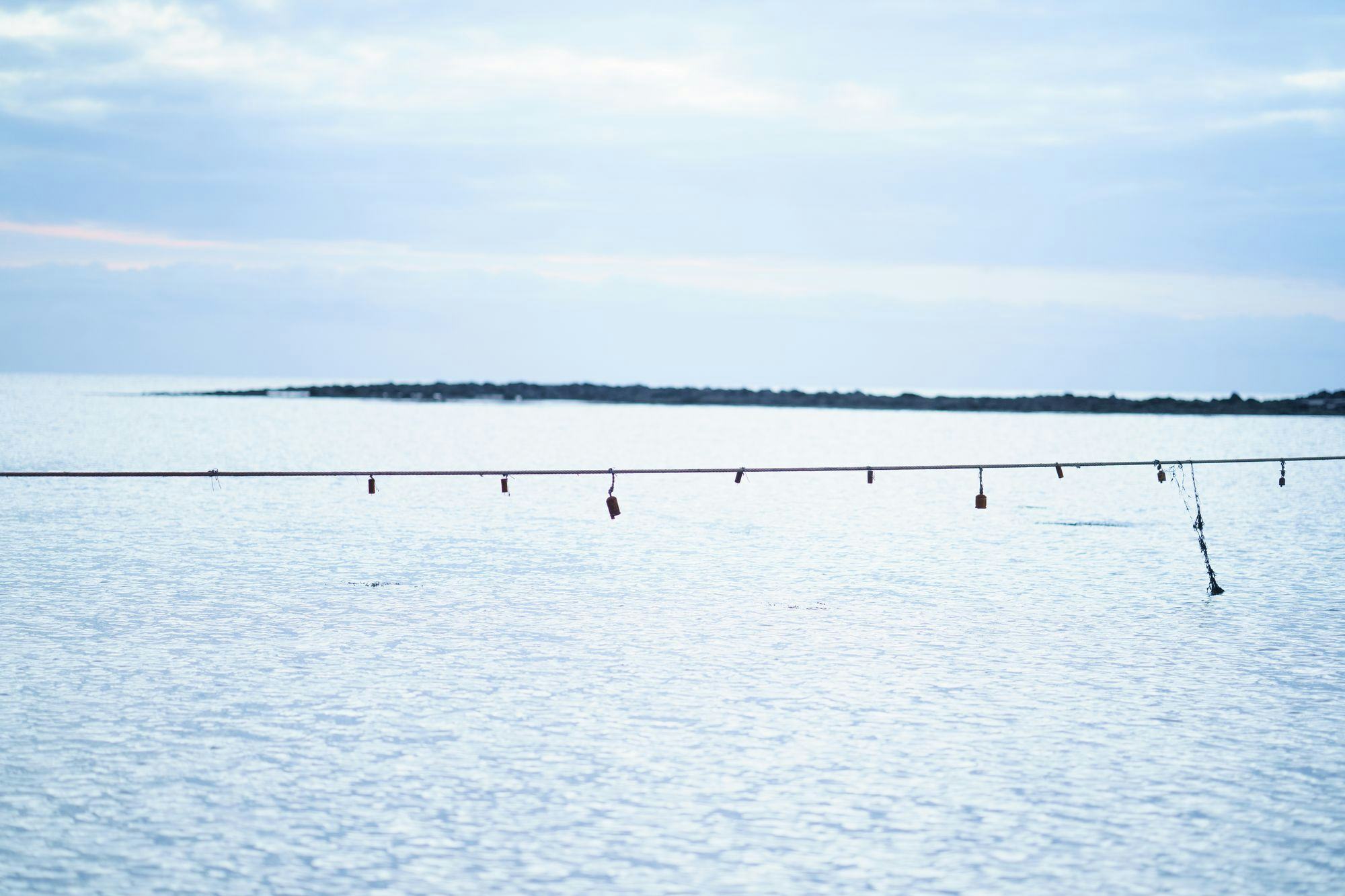The Power of Inclusion: The Work of Listvinnzlan and the Importance of Visibility for Disabled Artists.
In recent years, there has been significant progress in terms of diversity and accessibility within the art world, which has historically been rather homogenous. Western exhibition spaces have traditionally been dominated by works from cisgender, heterosexual, non-disabled white men. However, this mindset has been shifting and improving over the past few decades, thanks to individuals and projects dedicated to promoting inclusion within the art world.
Listvinnzlan is one such initiative. Formally established in 2022 by artist Margrét M. Norðdahl, the project works towards greater inclusion within the Icelandic art scene.
Margrét oversees Listvinnzlan along with Lee Lorenzo Lynch and other artists, including Elín S. M. Ólafsdóttir (Ella), Kolbeinn Jón Magnússon, Atli Már Indriðason, Helga Matthildur Viðarsdóttir, Gígja Garðarsdóttir, and Þórir Gunnarsson (also known as Listapúkinn). They define the concept of inclusion as follows:
"Inclusion means diversity, equality, and fairness. It means accepting people as they are—regardless of nationality, skin color, disability or ability, gender, sexual orientation, age, social class, and so on. Inclusion ensures that we all have equal opportunities, empowerment, and the individualized support we need to make the most of those opportunities. Inclusion is when we belong."
Prior to 2021, the Icelandic language lacked a specific term for 'inclusion,' which was only introduced that year. Previously, there was simply no word in Icelandic that fully captured the concept of marginalized individuals belonging and receiving the support they need.
I visited Listvinnzlan at a social community center in Bólstaðarhlíð 43. They are in the process of opening an art center with studio spaces, facilities for creative work, and space for holding workshops. Until the new facility is ready, they have been provided with space for creation and work at the community center. There, Ella, Þórir, Helga, Kolbeinn, Atli, and Gígja were busy working on their art projects. All of them are artists who have been involved with Listvinnzlan since 2023. Ella and Þórir also serve as assistant instructors for the workshops hosted by the organization. Currently, there are 15 participants in Listvinnzlan’s workshops, with new courses planned for the spring of 2025.
“Þórir and I are the same age,” says Margrét. “We were born in the same year, but we have not had the same opportunities. I had many options available to me, like university education, exchange programs, and more. Þórir has applied to the Department of Fine Arts at the Iceland Academy of the Arts four times without being accepted. The same is true for Kolbeinn, another member of Listvinnzlan, who also applied without success. The truth is that there is a lack of opportunities and the support needed to take advantage of the opportunities that do exist. There have been good programs available, like the one-year course at the Reykjavik School of Visual Arts, which is essentially a foundation program. However, higher education and access to professional work in the arts are not accessible to disabled people in Iceland. Listvinnzlan is working towards inclusion in the art world and provides a platform for disabled artists to pursue their creative careers.”
Listvinnzlan serves as a platform for the continued development and work of disabled artists within the creative industry. Disabled people represent over 10% of the population in any given society and are thus the largest minority group. However, they often face limited opportunities in education and employment. In Iceland, it wasn’t until 2008 that disabled individuals gained a legal right to attend upper secondary education.
“This is like a transfer ticket for the bus,” says Margrét. “You get on the bus and get a transfer ticket to continue your journey with the next bus, and so on. It is deeply unfair that people don’t have the same opportunities, and this is a violation of human rights and all the social agreements that we’ve made and agreed to follow. It’s like saying that everyone wearing red socks gets the opportunity and access, but not others. This is a societal flaw that needs fixing.”
“If someone told me to wear red socks, I’d wear black ones,” adds Ella.

Listvinnzlan
Listvinnzlan is an empowering and inclusive platform that works to create opportunities, particularly for disabled artists. The organization offers support and space for artists to work on their projects, assistance with exhibitions and sales, and acts as a mediator for buyers. Listvinnzlan also provides advice on inclusion, creates new projects, hosts workshops in video and visual arts, and organizes exhibitions. Participants are actively involved in developing the operations and creating their own opportunities, including taking on roles as instructors in workshops and courses.
Above all, Listvinnzlan creates professional opportunities for artists. Their mission is inclusive, and they assist institutions and museums in improving their own inclusivity. The name Listvinnzlan comes from the Icelandic word for "fish processing," symbolizing the transformation in Icelandic society—from fish to art. The work they are doing represents a positive development for the future, a reminder of what the future of visual arts should look like: diverse, inclusive, and with space for everyone.
The idea for Listvinnzlan emerged when Margrét was managing the List án Landamæra (Art Without Borders) festival and noticed the lack of support for disabled artists and the limited accessibility of the Icelandic art world, both in general and in various specific spaces. The List án Landamæra festival does important work and has had a significant impact on the art world since its inception. Listvinnzlan works on complementary aspects, such as creating spaces and providing support throughout the artistic process, and is in close collaboration with the festival.
When Listvinnzlan was founded, the team looked to art centers abroad, particularly in the United States, Europe, and the Nordic countries, for inspiration. The group notes that the initiative is paving the way for other disabled and marginalized artists from future generations. They aim to clear a path so that the future will be more inclusive, and the art world will become a more open space for all. Their policy is to exclude no one and welcome everyone.
Asked about the meaning of the word "inclusion," Ella shared her concern that people might not fully grasp the concept and might lack understanding of the term.
Margrét adds that the usual focus in such discussions is on accessibility, “but the word is often limited to physical access to buildings and such. Listvinnzlan focuses on access to participation in all types of art spaces. It’s about providing a platform for creation and offering the right support for each individual and their specific needs. It’s important that each institution and art platform looks inward and assesses whether their policies and practices are truly inclusive,” says Margrét.
What does the future of the art world look like?
Art and creativity are forms of self-expression, ways for individuals to communicate their inner worlds. Although exhibition spaces and institutions have historically excluded many marginalized artists, artists from marginalized groups have always created. They have expressed themselves through art. Disabled people, of course, are no exception.
Initiatives like Listvinnzlan and List án Landamæra highlight the work of disabled artists and their art. Visibility is a key step in inclusion. It’s worth mentioning that Ella was chosen as the artist for the List án Landamæra festival in 2024 and held a solo exhibition at Hafnarborg, the cultural and art center of Hafnarfjörður. Þórir, or Listapúkinn, was chosen as the local artist of Mosfellsbær in 2021. These are the types of visibility that Listvinnzlan has been advocating for. These recognitions are not only significant achievements for Ella and Þórir as artists, but also for disabled artists in Iceland as a whole.
“A positive development for the future of all platforms within the art world is for them to look inward and reflect on how they will work towards being more inclusive,” says Margrét. “Let’s imagine we are redesigning our systems today—our art world, education system, and professional fields. Would we design them in a way that marginalizes or excludes certain groups? It’s crucial that other platforms within the art world look inward and see how they can contribute to inclusion. Are exhibition spaces and museums working towards inclusion? How are the entry requirements for organizations like SÍM (Icelandic Artists' Union) and other professional associations? And what about the funding environment? Is it accessible? We encourage the entire art world to take steps towards inclusion.”
Listvinnzlan is a timely and important initiative. After my visit and glimpse into their work, I carry with me a sense of optimism about a brighter, more diverse, and inclusive future.
“The future of Listvinnzlan lies in empowering artists of all ages,” says Ella.
“And providing them with space to grow,” Þórir adds, concluding.
More information on upcoming workshops in Listvinnzlan:
https://www.fjolmennt.is/is/namskeid/nanar/myndlist-og-kvikmyndalist-i-listvinnzlunni
Homepage: https://www.listvinnslan.is/
Instagram: https://www.instagram.com/listvinnslan/
Facebook: https://www.facebook.com/Listvinnslan

Listvinnzlan got the Múrbrjóturinn prize












-icelandic-pavilion-2000x2667.jpg&w=2048&q=80)

